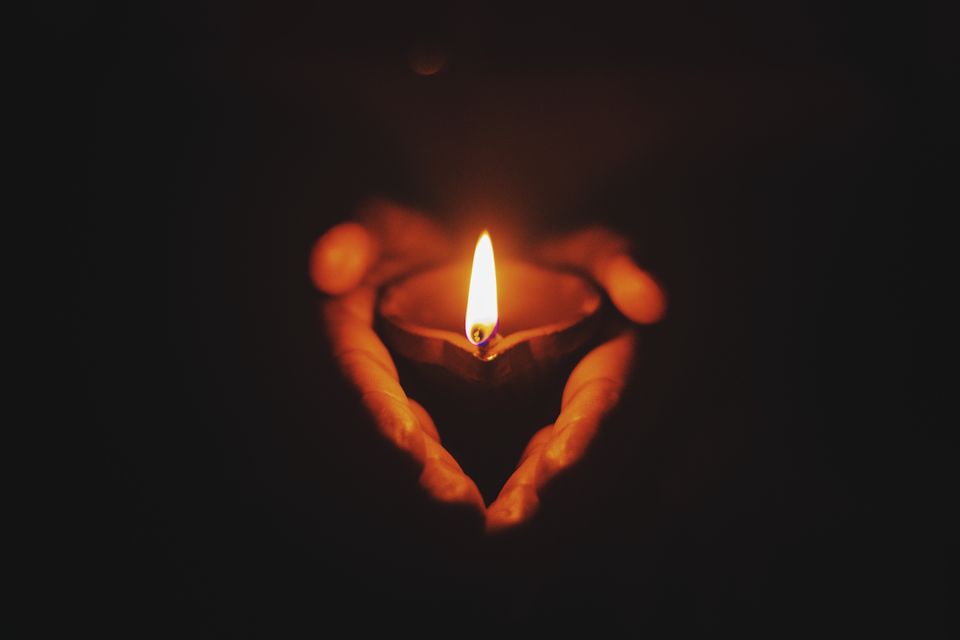Understanding death and dying.

My dog died last week Thursday.
We knew this day was coming for the last few months, if not years really. She suffered from a brain tumor that was causing seizures, was completely deaf and also had a lot of hip degeneration. She was an old lady, but a good dog. Not that good of a dog, according to my daughter after she died, but a good dog. (She was known to steal food, particularly from unsuspecting guests and children...)
We had known this day was coming, and when it actually came it all happened very fast. Her condition degraded quickly over the course of 48 hours, and it was a challenging and emotional time for our family.
If you had asked me a week ago, I would have said I was ready for when she was going to die. I knew it was going to happen sooner than later, and her quality of life had declined so much the past two years that we knew when the time came we would help her to move through it painlessly. I really didn't think I would be too emotional during the process, and yet when the time actually came, there was still a lot of strong emotion present.
The Buddhas first noble truth, the truth of suffering, was taught to understand the human condition. The first noble truth is to understand birth, aging, sickness and death. Understanding leads to acceptance, and acceptance to presence and equanimity.
Meditation teaches us how to be present amidst painful and difficult circumstances in this life, but it also trains us for the moment of death. Many of the Buddha's teachings focus on understanding the dying process and death itself. The teachings train us to approach death with openness and awareness, rather than fear and denial. Meditation prepares us for the moment of death- the death of others and especially the time of our own death.
But preparedness does not mean that the moment of death will cease to be painful. We may understand the significance of letting go, and be willing to let go, but the act of letting go is powerful and beyond our control. Being present amidst the pain, amidst the tears, amidst the sadness is the practice of working with death and dying. Being willing to hang out in that painful space of loss is what our past training allows.
And that is enough. To be present for loved ones as they exit this world, and to be present ourselves when it is our time to go. That is the essence of the practice.

